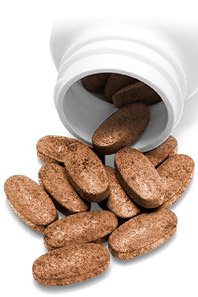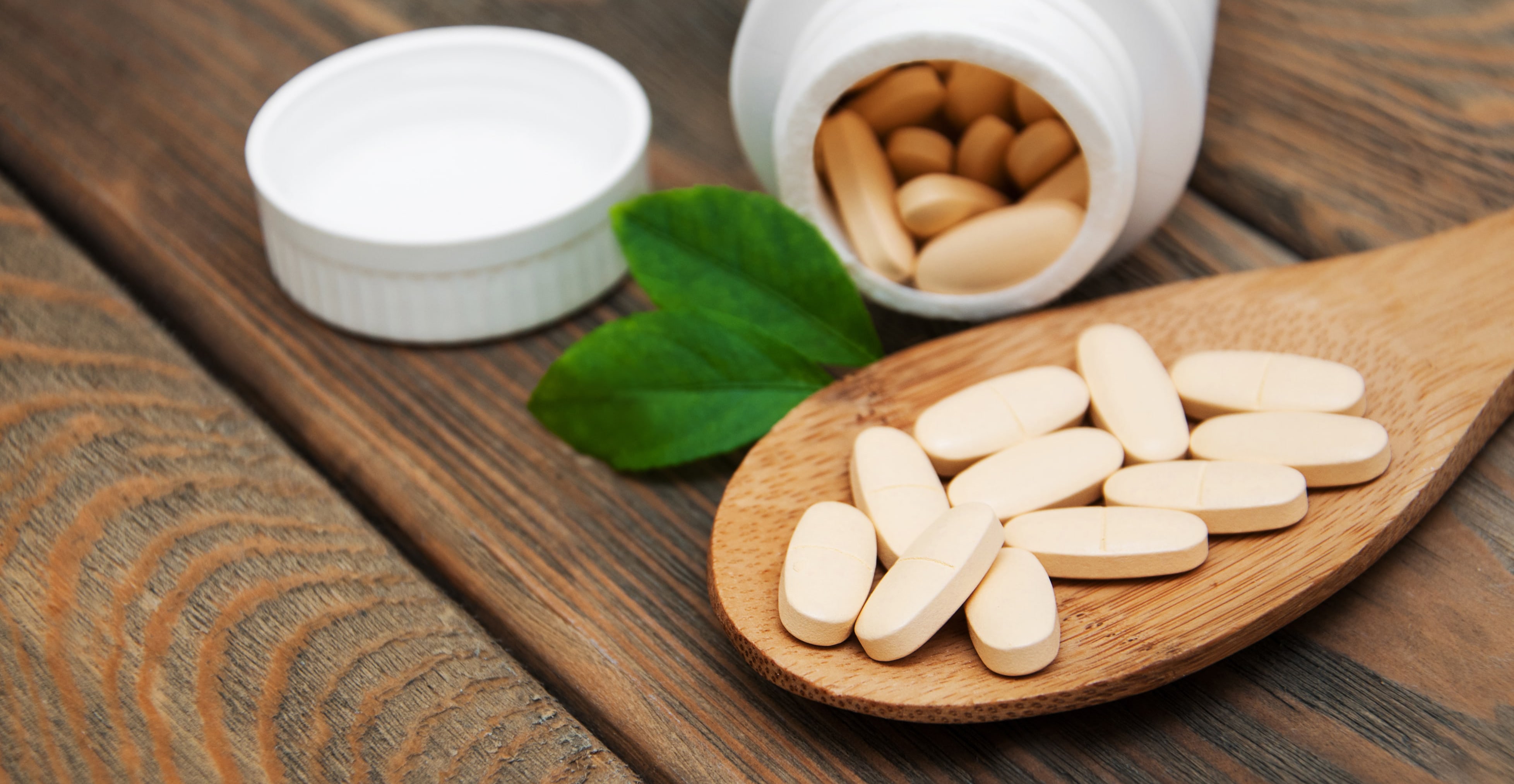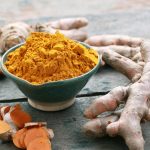Causes of Erectile Dysfunction
The problem of preservation of male reproductive health is increasingly discussed in professional and popular science literature. This phenomenon occurs due to the growth of functional and organic disorders in sexual sphere, acceleration of pace of living rate, stressful situations, and adverse environmental conditions. Very often men are especially sensitive to revealed sexual disorder or impotency. The term “erectile dysfunction” became more common more accurately characterizing a variety of pronounced sexual disorders.
The causes of erectile dysfunction are different. For young men (under 30 years), cortical or psychogenic forms of erectile dysfunction are more characteristic. Middle-aged men (30-50 years old), spinal neuroreceptor type of sexual disorder is more common which is generally caused by diseases of the prostatic gland, seminal tubercle and depletion of spinal cord centers that control erection and ejaculation. For men over 50 years of age, the frequency of endocrine-natured erectile dysfunction is rather high which is associated with age-related decrease related to hormonal function of testes.
Generally, erectile dysfunction occurs as a complication of chronic diseases, primarily arterial hypertension, diabetes, or atherosclerosis. It can also be a consequence of medications administration: antidepressants, antihypertensive agents, antihistamines, antiulcer drugs, hypnotics and some other medicines. A significant contribution to aetiopathogenesis of erectile dysfunction is made by syndromes caused by urological diseases, such as prostatitis and benign prostatic hyperplasia in middle-aged and older men. The so-called rejuvenation of prostatitis implying an impairment of not only copulative, but also reproductive function in some patients determines the social significance of this disease.
According to medical experts, urogenital apparatus diseases were diagnosed in 72% of patients with sexual disorders. Impairments in sexual function were detected in 78% of patients with chronic prostatitis. It should be noted that chronic prostatitis and BPH may cause cortical erectile dysfunction development. The unpleasant sensations and pains in genital area arising as a result of these diseases draw patient’s attention to them and make him fear of sexual intimacy, uncertainty about their consequences, and fright of being impotent and therefore current problems with functioning of sexual organs. Both prostatitis and BPH, as a rule, lead to impairment of erection and ejaculation functions that are manifested by weakening of erection, accelerated or delayed ejaculation, decreasing of orgasmic sensations, etc.

Adverse influence on penile sexual function is exerted by stress, sedentary lifestyle, obnoxious habits (smoking, alcohol misuse) as well. In pathogenesis of erectile dysfunction, an important role belongs to the decrease of NO-synthetase activity and production of nitrogen oxide. As a result, the endothelium-dependent relaxation of resistive arteries of the cavernous bodies deteriorates. Moreover, stressful disorders cause the decrease of the condition related to arterial hypertension, diabetes, production of the main adrenal and testicular androgens. Deficiency of sexual steroids contributes to a decrease in NO-synthetase activity and aggravates the deficiency of nitrogen oxide.
Medicinal Products for Erectile Dysfunction
Methods of pharmacological correction of disorders of sexual function in men, given etiological and pathogenetic factors, are well developed. Depending on the indications to use, such drugs should have neurotropic (including influence on spinal centers of sexual activity), vasodilating, anti-inflammatory, antimicrobial, antihypoxic, immunotropic effects separately or in combination.
The basis of pharmacotherapy of erectile dysfunction is phosphodiesterase type-5 inhibitors: vardenafil (Levitra), sildenafil (Viagra), tadalafil (Cialis). The mechanism of their action is connected with enhancement of relaxing action of nitrogen oxide caused by inhibition of PDE5 and increase of intracellular concentration of cyclic guanosine monophosphate during sexual arousal. Treatment with androgens is advisable at the initial and moderate stages of sexual disorders with a testosterone level below 11 mmol/L and a prolactin content of less than 350 mIU/L.
Related news: Viagra Coffee? A Cup of Joy that Wakes up Erectile Function
Possibilities of Natural Supplements in Therapy of Erectile Dysfunction
Administration of herbal remedies makes it possible to achieve significant success in prevention and treatment of pathologies occurring in male sexual sphere. In comparison with synthetic medicines (such as androgens, antiandrogens, central action drugs, phosphodiesterase blockers, alpha-1 and alpha-2-adrenergic receptors, cytostatics, etc.), natural preparations have a milder and more versatile effect due to the variety of components actively influencing human organism. As a rule, natural supplements rarely cause side-effects. The usage of natural remedies is sometimes restricted due to insufficient study of their action mechanisms, necessity of long-term administration and complexity of identification and standardization of active substances and, therefore, absence (for objective reasons) of information on pharmacokinetics. Let’s consider the main directions of natural supplements in treatment of erectile dysfunction in a greater detail.
- Normalization and support of central regulation in sexual function. For this purpose, classic adaptogens are used, most often these are ginseng, may chang, lemongrass, rhodiola and eleutherococcus, in combination with the plants falling into sedative-hypnotic group. The choice of the latter should be approached with caution and not be assigned to plants, the extracts of which contribute to impairments in erectile function (for instance, water extracts from the herb of common oregano, St. John’s wort, clover (species), medicinal sage, wild hop). Among the plants with sedative-hypnotic properties, the most evanescent and effective are peony, motherwort, Greek-valerian polemonium, and lilac. Along with adaptogens, the central part of the regulation of the erectile function belongs to calamus root, common periwinkle, red-rooted gromwell, zinziber, Siberian milkwort, European wild ginger, wormwood (species), old-mans-pepper, upland cress, and wild succory.
- Elimination of hyperprolactinemia. Silverweed cinquefoil and African plum are the most effective representatives of this group.
- Restoration and preservation of gonadotropins and androgen levels.
- Immunomodulating, anti-infective and anti-inflammatory therapy. For this effect, medical experts recommend herbal remedies with anti-inflammatory, antiviral, antibacterial and antiprotozoal action, such as calendula extracts, lemon balm, aspen, yarrow, Iceland moss.
- Restoration and preservation of protein synthesis. Anabolic effect is provided by the use of aloe tree, nettle (species, leaves), linden (species, leaves), greater plantain, classical adaptogens. The use of plant vitamin sources of group B, E, microelements – chromium, manganese, selenium is also indicative.
It is advisable to combine water and alcohol-based extracts of medicinal plants’ material. To ensure a continuous therapeutic effect lasting several months, a person should select several herbal remedies. In case of functional disorders after the result is achieved, therapy with natural supplements should be resumed to prevent from relapse. Patients who have chronic erectile dysfunction are indicative to use continuous therapeutic course with herbs with the change of preparations at least once every two months (for classic adaptogens, repeated courses lasting two or three weeks). According to clinical studies conducted in China, application of drugs made of leafy sprouts of spiny eleuterococus gave positive results in 65% of cases in patients suffering from erectile dysfunction.
Natural Remedies for Erectile Dysfunction
Pharmaceutic herbal preparations for supporting male sexual function are divided into two groups:
- potency regulators (Yohimbin, Tentex forte, Confido, Himcolin), view all offers at Canadian Health&Care Mall;
- drugs that affect metabolism in prostatic gland (Peponen, Permixon, Prostorum, Prostaplant, Serpens, Spemann, Tadenan, Trianol, Urtiron).
Indications to use potency regulators include reduced libido, erectile dysfunction, menopause, urinary incontinence due to bladder atony. Moreover, Speman forte treats accelerated ejaculation. Means that affect metabolism in prostatic gland are prescribed for obstructive and inflammatory symptoms due to uncomplicated form of BPH, urinary tract disorders in BPH of the first and second degree. Speman strengthens spermatogenesis.
Trianol, Tadenan, Permixon, Prostamol Uno, Prostaplant, Serpens, Peponen, are mono-extractive preparations, whereas Prostanorm, Tentex forte, Speman, Speman forte and Himcolin are combined agents. The only external preparation is Himcolin cream.
 Yohimbine is a sole purified individual substance – an alkaloid extracted from the bark of the West African yohimbe tree. The pharmacological effects of yohimbine are based on central and peripheral alpha-2-adrenergic blocking action. It disinhibits the vegetative centers of spinal cord controlling erection and ejaculation, improves blood circulation in genital organs, and has antidiuretic effect. Until recently, yohimbine was the main drug for treatment of erectile dysfunction. However, its efficiency does not exceed 10%. It is only indicative to patients with psychogenic forms of erectile dysfunction.
Yohimbine is a sole purified individual substance – an alkaloid extracted from the bark of the West African yohimbe tree. The pharmacological effects of yohimbine are based on central and peripheral alpha-2-adrenergic blocking action. It disinhibits the vegetative centers of spinal cord controlling erection and ejaculation, improves blood circulation in genital organs, and has antidiuretic effect. Until recently, yohimbine was the main drug for treatment of erectile dysfunction. However, its efficiency does not exceed 10%. It is only indicative to patients with psychogenic forms of erectile dysfunction.
The effect of yohimbine on alpha-2-adrenergic receptors also has the opposite side – the drug can cause such side-effects as anxiety, tremor, headache, sudden blood pressure drop, tachycardia, nausea, and allergic reactions. In this regard, it is contraindicated in case of kidney function impairment, arterial hypotension, serious mental disorders, etc. It is not recommended to combine yohimbine with antidepressants and other remedies that affect state of mind. The composition of prostate-tropic drugs mainly includes lipophilic extracts from African plum, saw palmetto, pumpkin, nettle. They all contain phytosterols, including beta-sitosterol and beta-sitosterol glucoside.
It is proved that saw palmetto extract has a selective effect on prostatic tissue. The mechanism of the beneficial effect of drugs containing saw palmetto extract on metabolic processes in prostate is largely affected by PDE5 inhibition, i.e. blocking of an enzyme that converts testosterone into its more active metabolite, dihydrotestosterone. The latter makes a significant contribution to the onset and development of prostatic hyperplasia. The extract also reduces ability of cellular receptors to capture dihydrotestosterone, which leads to a more complete excretion of metabolic processes in the prostate due to stimulating effects of androgens.
At the same time, the activity of the enzymes of arachidonic acid combination is suppressed, which limits the inflammatory processes in prostatic gland. The action of these drugs causes the decrease of blood vessels’ permeability and stagnant phenomena development. All these properties make preparations with saw palmetto extracts highly effective in almost any violation of non-infectious genesis in the prostate gland. The benefits of saw palmetto include their good tolerability (they are contraindicated only to individuals with hypersensitivity, side-effects, such as nausea and abdominal pains are extremely rare) compared with on finasteride-based synthetic agents with the same mechanism of action.
The latter are less specific to the prostate, and their administration can lead to a general decrease in testosterone levels in blood with the development of associated disorders of sexual response cycle. Thus, they are not recommended for young and middle-aged men. Numerous placebo-controlled clinical trials have demonstrated that application of saw palmetto extract during the period of two-four months reduces main symptoms of BPH, frequency of daytime and nighttime urination, speed and completeness of bladder emptying in comparison with placebo.
Many herbal remedies normalizing the function of prostatic gland contain an extract of African plum bark. There is no data on direct blocking of the formation of dihydrotestosterone by this remedy, but it is well known that its administration causes a decrease in the level of prolactin. The latter may indicate indirect involvement of the active ingredients of the African plum extract in the regulation of testosterone metabolism.
Probably, similar mechanisms of action are inherent in other lipophilic extracts with a high content of phytosterols and fatty acids, including pumpkin seed extracts. It is believed that the drugs of African plum do not have a preventive effect but are effective in already commenced pathological process in the prostate gland. The greatest success of monotherapy with drugs containing African plum bark extract and saw palmetto (treatment efficiency is about 69%) can be achieved by patients with slightly enlarged prostatic gland and moderately pronounced signs of intravesical obstruction.
The core of Indian production of ED ancient oriental natural prescriptions are Himcolin, Tentex forte, Speman, Confido. The components of these remedies are extracts of orchis, lettuce, parmelia, caltrop, hibiscus, crocus and a number of other plants that have tonic, sedative, anti-inflammatory, antiproliferative, immunotropic, antimicrobial and other properties. These drugs have been used in India for more than thirty years and have recently become widespread throughout the globe. Thus, natural supplements take a leading place in the complex therapy of erectile dysfunction. Their effectiveness can be significantly increased when combined with herbal products that have antihypoxic, immunomodulatory, anti-inflammatory and sexual hormone-harmonizing activity.
Biologically Active Supplements
A number of biologically active additives contain rare species – endemics the influence of which on potency has not been sufficiently studied. They combine traditions of the countries in which these plants grow. At the same time, complexities can arise not only with understanding of the specific features of the components’ effect on human body, but also with the control of the composition, in view of mistakenly comprehended phytochemical characteristics of herbal materials.
How to Control the Quality?
For all the discussed herbal ED supplements, the polyvalence of effects is characterized due to the variety of groups of active substances in their composition. However, it should be borne in mind that the multicomponent composition on the one hand means a wide range of positive effects on sexual glands (and not only them), and on the other hand – raises a serious problem of quality control of such drugs. Currently, the conventional approach to assessing the content of one or two major substances cannot ensure availability of the entire palette of biologically active substances of each plant in the final product and, therefore, does not guarantee, in principle, the benefits that plant products potentially have.
Studies of natural supplements and biologically active additives containing plant extracts were conducted. They included a complex of chromatographic determination by thin-layer chromatography methods, and high-performance liquid chromatography. There were difficulties due to the proximity of the phytochemical characteristics of widely used synthetic compounds and natural substances – the long-leaved quassinoids of Eurycoma longifolia, panaxosides of ginseng, steroid compounds of common licorice, palmetto phytosterols, yohimbe bark of the eponymous tree. This state of affairs does not make it possible to detect with certainty certain active compounds similar in structure in complex compositions of plant multicomponent preparations.
It is objectively difficult to determine the presence of a chemically synthesized compound in the mixture, since for each composition it is necessary to develop an individual sample preparation procedure and analytical research methodology. The routines used in the control system to determine synthetic mono-components in these situations will yield both false positive and false negative results. Such studies are very laborious and cannot be carried out without deep scientific research.
Additional significant difficulties are due to the dependence of the phytochemical components in plant raw materials on the climatic conditions of the site of growth, technology of cultivation, harvesting and other important factors. With the development of phyto-metabonomics, this problem goes to another level. However, the methods of this new area of systemic medicine are still far from “step-by-step” accessibility. Therefore, for objective control of the main active substances and elimination of false results, it is necessary in each specific case to conduct many months of research work.
To Sum Up…
At present, social importance and relevance of the regulators of erectile function, given their contribution to preservation of global reproductive health, are very high. With this in mind, the problem of improving all the distribution stages of herbal supplements remains topical. Undoubtedly, joint efforts of manufacturers of herbal remedies and biologically active substances and scientists, along with expert community and specialists regulating the registration of herbal preparations and biologically active additives are needed to improve the level of rendering medical, preventive and health-improving assistance to the population.
Other Erectile Dysfunction articles:



